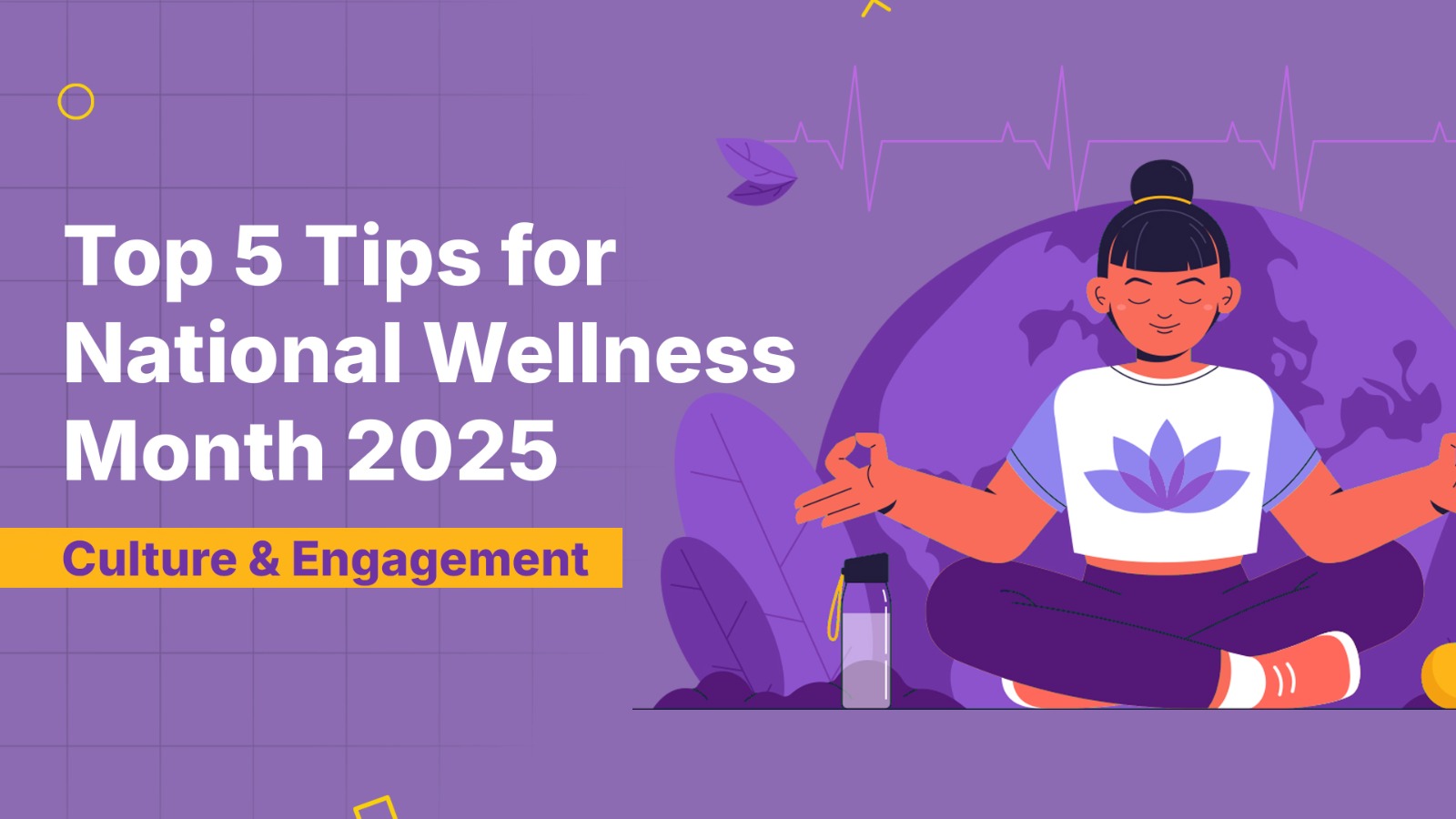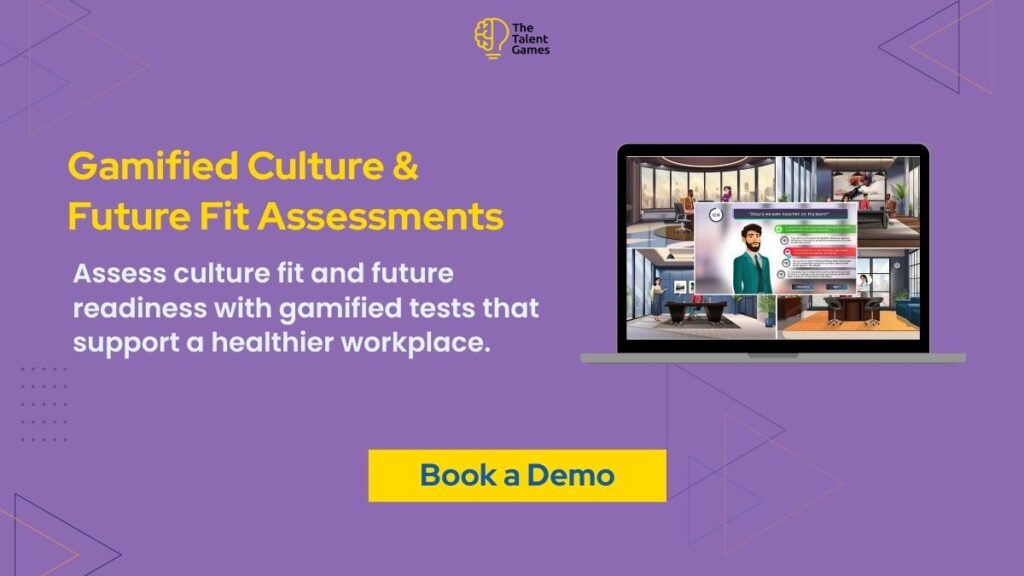Workplace wellness has emerged as a key HR trend, reshaping how companies support employee performance, retention, and well-being. This blog shares 5 actionable tips to build a culture of care during National Wellness Month 2025.
When was the last time you checked in on your team, not about deadlines or performance, but their well-being? As a Talent or Culture leader, you likely carry more invisible responsibilities than most people realize.
August often sneaks up quietly, but National Wellness Month 2025 gives you the perfect opportunity to pause and reflect. Not just on what your team is achieving, but on how they’re really doing. Because burnout doesn’t always announce itself.
This month isn’t just about meditation apps or snack bars in the kitchen. It’s a call to intentionally build healthier, more sustainable habits into the everyday fabric of your workplace. That starts with leadership. That starts with you.
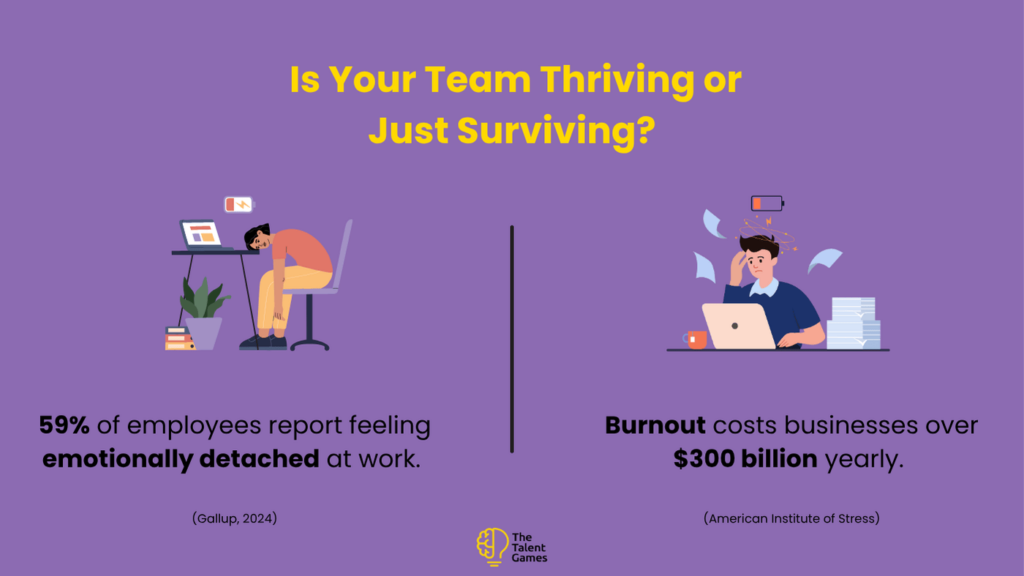
What is National Wellness Month 2025?
National Wellness Month is observed every August and encourages people and workplaces to adopt healthier routines and prioritize self-care. While it began as a consumer-facing wellness campaign, it has grown into a broader cultural movement.
In 2025, the month carries more relevance than ever before. With rising concerns around stress, emotional exhaustion, and post-pandemic work fatigue, wellness is no longer just a personal responsibility. It is now deeply tied to workplace culture and leadership practices.
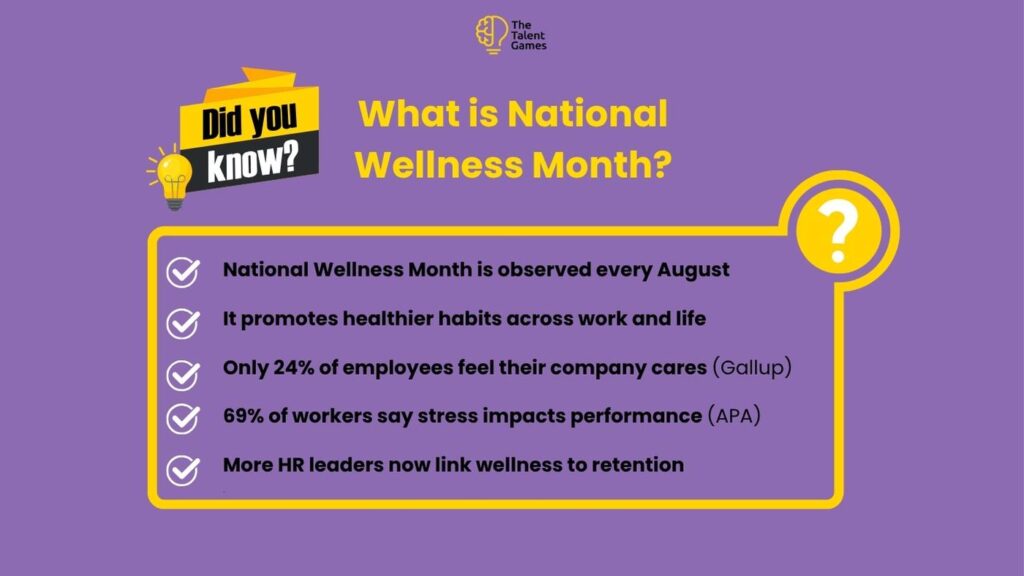
A Quick Look Back at Its Origins
National Wellness Month was initiated in 2018 by Live Love Spa. What began as a social campaign to promote personal self-care evolved into a national dialogue on overall wellness, spanning emotional, mental, and workplace health.
Over time, the initiative caught on with HR professionals and leadership teams looking to reimagine how they support employee well-being. It now serves as a helpful nudge each August to evaluate and redesign the way we care for people at work.
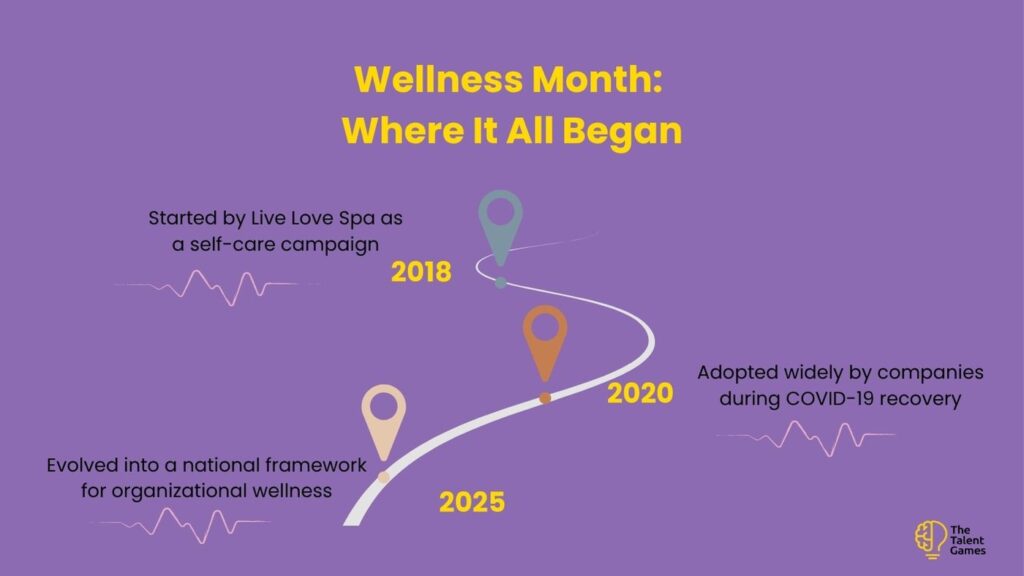
Why You Should Care as a Culture or HR Leader
Wellness has a direct impact on performance, retention, and engagement. According to a 2024 Gallup survey, employees who believe their employer genuinely cares about their well-being are 69% less likely to search for another job.
Those same employees are also far less likely to experience frequent burnout. When care becomes part of the company’s DNA, not just a seasonal campaign, it changes how people show up, collaborate, and grow. That shift starts with leadership, especially those overseeing talent and culture.
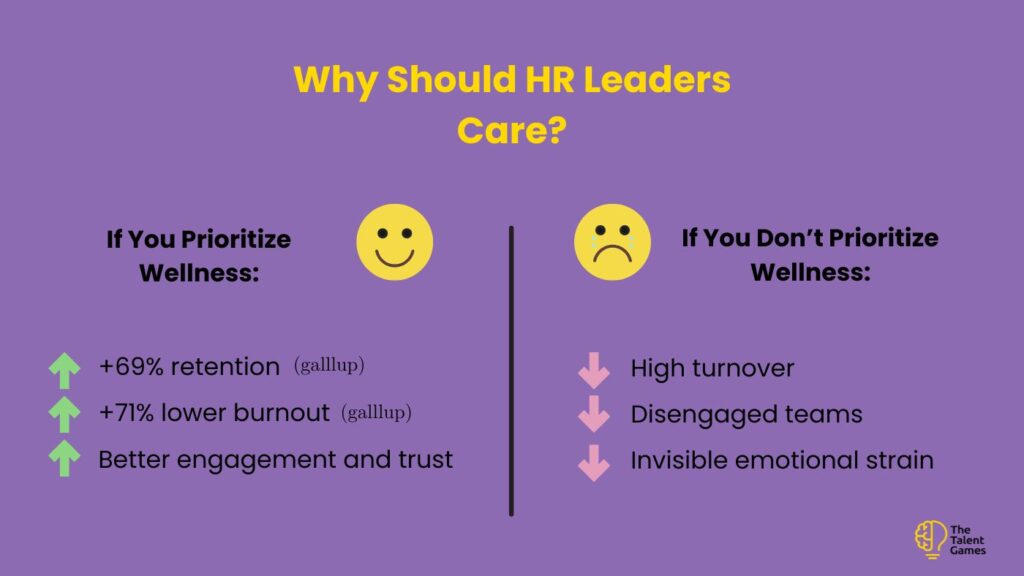
5 Ways to Support Employee Well-being This National Wellness Month 2025
There could be many ways to support employee well-being but these are the most effective ways you can implement to make the most of this wellness month:
1. Audit Your Culture, Not Just Your Wellness Perks
Start by asking the tough questions. Are your wellness offerings actually being used? Do employees feel safe taking mental health days or speaking openly about their emotional state?
This August, gather feedback through open forums or anonymous forms. Go beyond pulse surveys and hold space for real conversations. What you learn could reshape your entire wellness strategy, not through budget changes, but through mindset shifts.
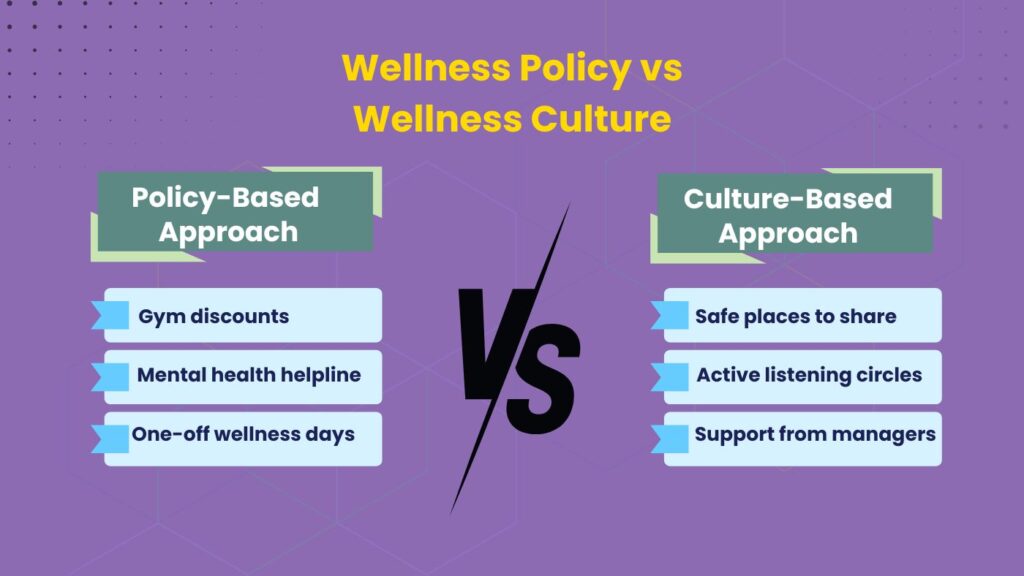
2. Acknowledge Emotional Labor in Everyday Work
There’s more to work than what’s written in job descriptions. Emotional labor often goes unnoticed, especially for employees managing stressors outside of work or taking on unspoken responsibilities like team morale.
Make emotional labor visible by acknowledging it in meetings, newsletters, or internal communication. A simple line of appreciation can reduce the feeling of invisibility that many employees silently carry with them day to day.
3. Upgrade Manager Training to Include Emotional Skills
Managers play a crucial role in setting the emotional tone of the team. If they are only trained to track performance metrics and deadlines, they may miss early signs of burnout or disengagement.
Include empathy, active listening, and mental health awareness in leadership development. According to a 2023 Harvard Business Review article, empathetic leadership reduces attrition by up to 32 percent. Equip your managers to lead with care, not just control.
4. Use Gamification Thoughtfully to Promote Wellness
Gamification can be a powerful driver of meaningful engagement, especially, when tied to purpose. Wellness challenges like daily step goals or hydration streaks are useful, but they deliver real impact when paired with outcomes like team connection, emotional awareness, or mindset shifts.
At The Talent Games, we’ve seen how gamified emotional intelligence assessments and micro-engagements encourage employees to reflect, interact, and build healthy habits without it feeling like a task. When designed thoughtfully, game mechanics can turn wellness into a shared, participatory experience rather than just another box to check.
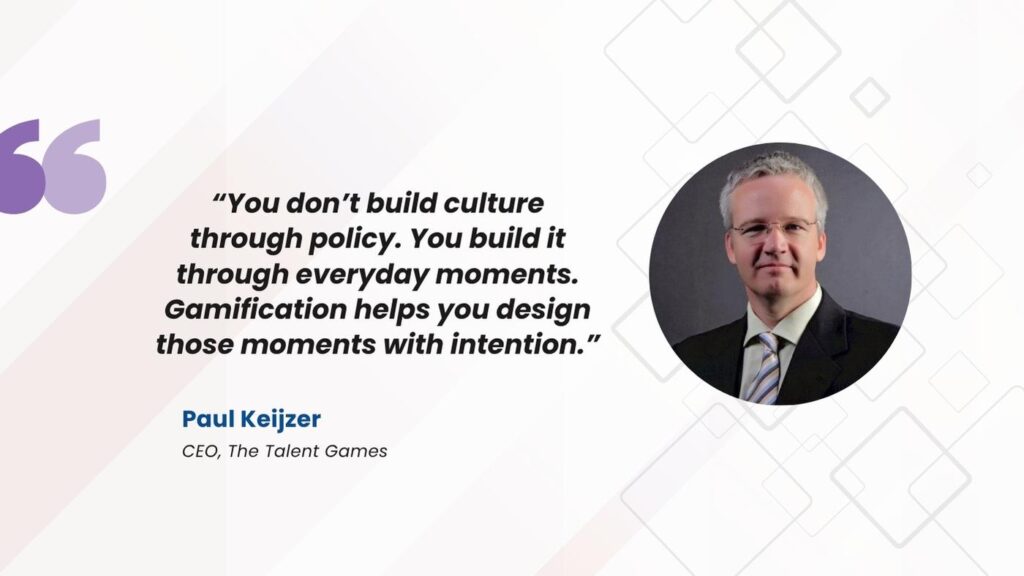
5. Schedule White Space for Rest and Recovery
Not every hour needs to be filled with meetings or tasks. Introducing scheduled “white space” in calendars allows teams to reset, think creatively, or simply breathe without interruption.
You might implement “no meeting” hours or early log-off Fridays during August. A 2024 Deloitte study found that 76 percent of employees feel more productive when they are given weekly unstructured time. Structured rest can be just as vital as structured work.
Don’t Forget Your Remote and Hybrid Teams
Supporting wellness across distributed teams requires intention. It’s not enough to host a webinar and expect everyone to feel included. Consider tools like asynchronous wellness check-ins or flexible scheduling for global time zones.
Also, remember that remote employees can experience “invisibility fatigue.” Offer regular one-on-one time, and ask how they’re doing, not just what they’re doing. Inclusion and care should extend across every digital workspace.
How The Talent Games Views Wellness
At The Talent Games, we see wellness as something that belongs in the flow of work, not on the side of it. From gamified learning modules to culturally sensitive assessments, we’ve always believed people perform better when they feel supported and seen.
Wellness isn’t a bonus feature. It’s part of the design of better workplaces. And it’s something we continue to evolve, listen to, and embed in the way we build our products and our internal culture.
Final Thought: Small Steps, Big Shifts
You don’t need a perfect wellness program to make a real difference this National Wellness Month 2025. What you need is intention and consistency. Start with one change that creates space for care, and let that ripple outward.
Whether you’re introducing quiet hours, revamping team check-ins, or simply validating how people feel, these small shifts create a culture where wellness becomes a shared value, not just a leadership initiative.
And in a time when the world keeps asking more from your people, the most impactful thing you can offer might just be space to breathe.
